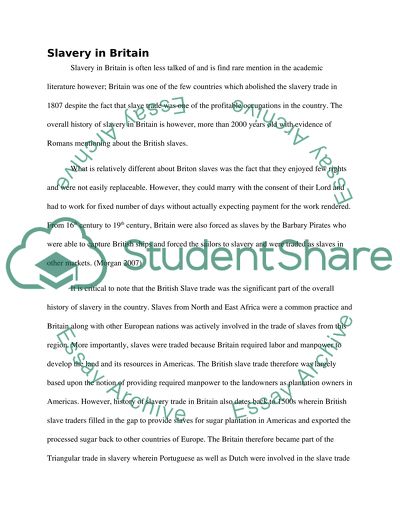Cite this document
(“Compare and Contrast American Slavery to British Slavery Term Paper”, n.d.)
Retrieved from https://studentshare.org/history/1496423-compare-and-contrast-american-slavery-to-british
Retrieved from https://studentshare.org/history/1496423-compare-and-contrast-american-slavery-to-british
(Compare and Contrast American Slavery to British Slavery Term Paper)
https://studentshare.org/history/1496423-compare-and-contrast-american-slavery-to-british.
https://studentshare.org/history/1496423-compare-and-contrast-american-slavery-to-british.
“Compare and Contrast American Slavery to British Slavery Term Paper”, n.d. https://studentshare.org/history/1496423-compare-and-contrast-american-slavery-to-british.


